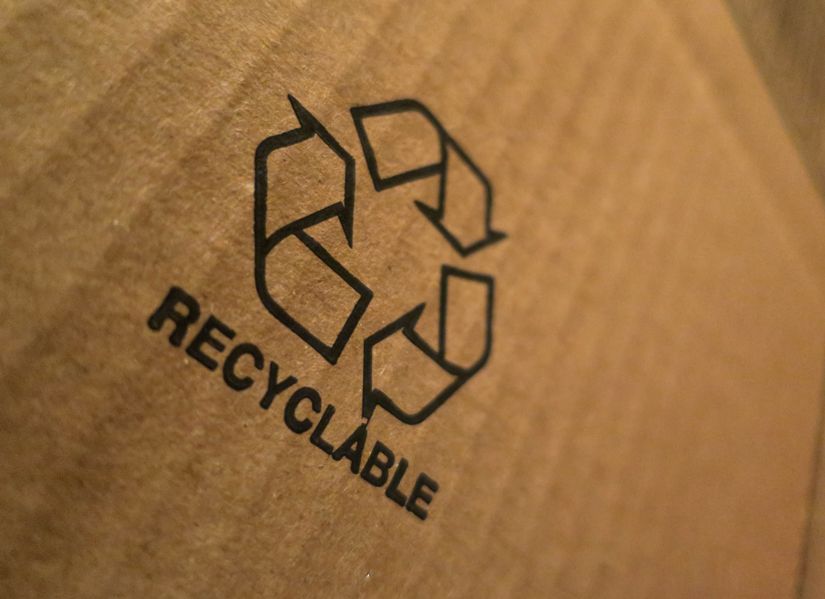
Dr Amali Wijekoon, Dr. Achini Ranaweera, Professor Brett Martin, 4 May, 2021
How do you progress your product and company brand in the direction of sustainabilty? Professor Brett Martin, Dr Amali Wijekoon and Dr Achini Ranaweera share their sustainability brand message insights.
Upcycling uses discarded objects (e.g. denim jeans) to create new products (e.g. denim sports shoes). Building on our discussion of upcycling from our joint Sri-Lankan-Australia research project, we propose that upcycling doesn’t have to be limited to the branding of products. Upcycling can also be used to boost corporate branding as well. A corporate brand is a name, logo or trademark defining the organisation that stands behind the product offering. Such brands can provide recognition and reputation amongst stakeholders such as employees, suppliers, customers, investors, regulators and local communities.
Differences between product brands and corporate brands
This table highlights the differences between a product brand and a corporate brand.
| Product brand | Corporate brand | |
|---|---|---|
| Focus attention on | The product | The company |
| Managed by | Middle manager | Chief executive officer |
| Attract attention and gain support | Customers | Multiple stakeholders |
| Delivered by | Marketing | Whole company |
| Communication mix | Marketing communications | All corporate communications |
| Time horizon | Short life of product | Long life of the company |
| Importance to company | Functional | Strategic |
Research on branding suggests that product brands can be more effective in attracting consumers than merely advertising the corporate brand. However, corporate brands and product brands are related. Specifically, a successful product brand can be used to build a successful corporate brand. However, in building the corporate brand, the chief executive officer (CEO) and employees have a significant role to play. A corporate brand is driven by the CEO in line with the business strategy, the CEO’s senior managers also need to be effective in their relationship with internal stakeholders. Good external communication plays a vital role in building the corporate brand. To build a corporate brand around upcycling, the CEO must lay a foundation to build a corporate culture woven around green initiatives and practice. Employees below senior management are also vital as they can project the corporate brand to the external stakeholders they interact with. Therefore, the CEO, senior managers and employees should emphasise the firm’s upcycling initiatives in their corporate communications.
Ocean plastics and cricket
An example of a corporate brand which has a strong environmental commitment is South Asia's largest manufacturer of lingerie, MAS Holdings. They have attained recognition from their stakeholders as a result of expressing their strategic vision of sustainable manufacturing which is known as Products made better. This corporate message has been boosted through an initiative called Ocean Plastics where they successfully upcycled plastic waste recovered from the beaches of Sri Lanka to produce the official jersey worn by Sri Lanka’s national cricket team for ICC Cricket World Cup 2019 (see above image). In this case, the firm made upcycling a priority with upcycling and other sustainable manufacturing practices being constantly communicated by the CEO, senior managers and employees.
Corporate brand guidelines
Guidelines for building a corporate brand using upcycled products are:
- Promote upcycling in corporate communications such as annual reports, press releases and in media interactions.
- A senior executive, preferably the CEO, should be the upcycling brand champion.
- Front level employees at the customer interface should communicate and promote upcycled products to customers.
Industry branding - one step further
In a recent paper, discusses a branding concept which has received little scholarly attention – industry branding. This is how an industry is positioned in the minds of consumers in a particular culture. Industry brands address a range of audiences including consumers, investors, employees, the general public, political representatives and public institutions. Industry branding covers two related aspects: (1) the branding of the products and services in the industry, and (2) the branding of the set of organizations comprising the industry.
Garments without guilt
An example of industry branding is the Sri Lankan apparel manufacturing industry which has successfully created a unique brand for itself. The industry has mainly focused on branding the apparel manufacturers and fabric producers comprising the industry as ethical businesses. As a result of their industry branding, which is called Garments without Guilt, the industry seeks to keep ahead of competitors from India, China, Vietnam and Bangladesh who compete on price.
Adhering to these industry branding values, factories in Sri Lanka are committed to following zero waste strategies. For example, Ocean Lanka – a leading knitted fabric manufacturer – upcycles textile waste into products with higher environmental value. With the award-winning industry brand Garments without Guilt, industry members have changed their apparel manufacturing processes, sourcing strategies and product innovation to show their commitment to protecting the environment.
Industry branding guidelines
Guidelines for building an industry brand using upcycled products:
- Key firms in the industry agree to adopt green practices and upcycling.
- Firms should collaborate for promoting upcycled products.
- Establish an association to promote all firms in the industry and their upcycling practices.
- Promote the extent of upcycling in the production process to associate upcycling with your industry brand image. For example, the image of the Sri Lankan fashion industry derives from generalised perceptions of how fashion designers and producers perform sustainably across a range of industry practices: design and development, sourcing, production, marketing, distribution, consumption, and disposition activities.
Read more: Value of upcycling: using upcycled products to develop a sustainable brand message


